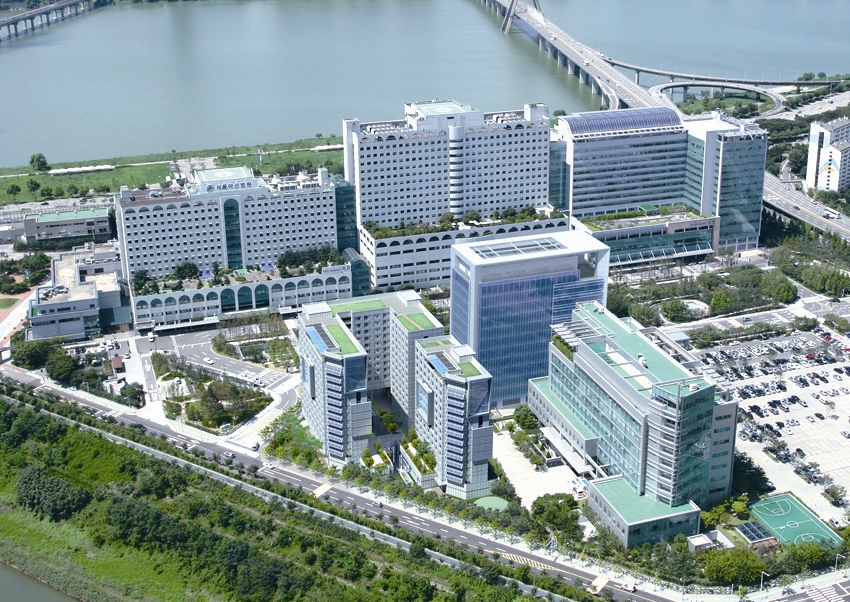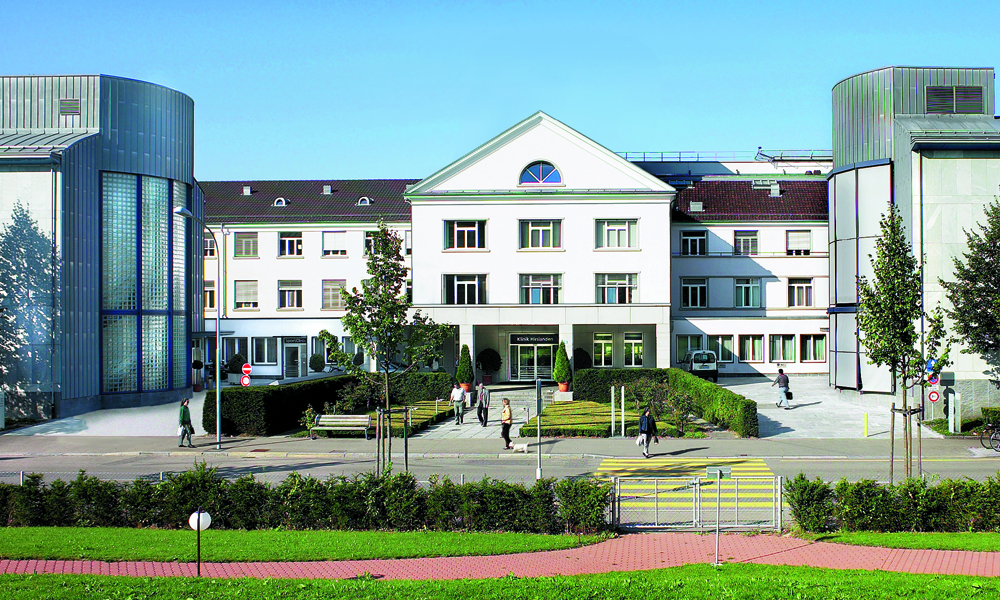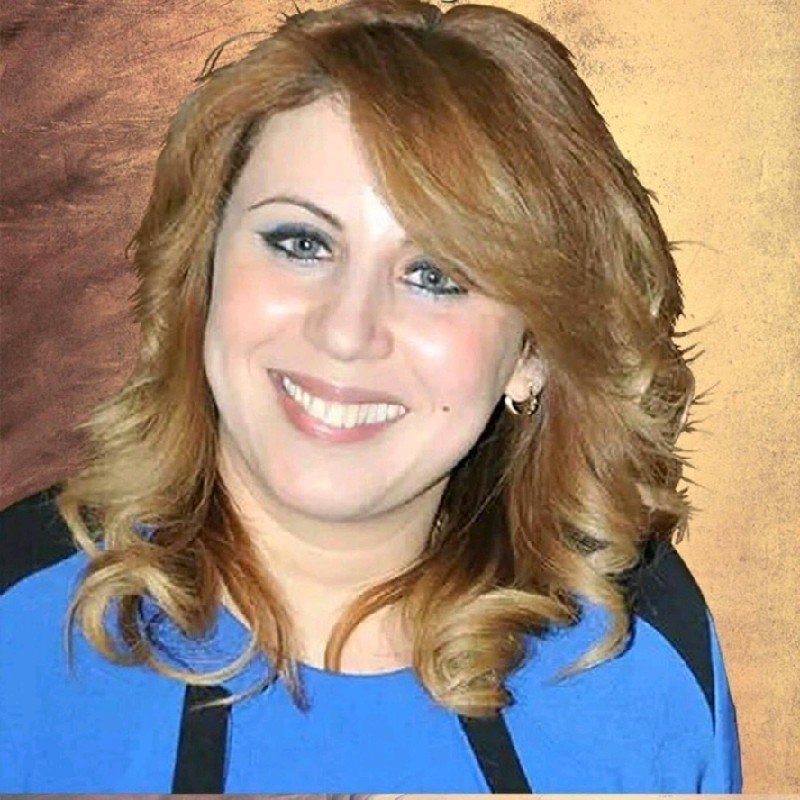Transforming Medical Equipment Planning with BIM
Technology
In the rapidly evolving healthcare landscape, precision and efficiency in medical
equipment planning have never been more critical. Enter Building Information
Modeling (BIM), a revolutionary technology transforming how healthcare facilities are
designed, implemented, and managed.
What is BIM?
Building Information Modeling (BIM) is a digital representation of the physical and
functional characteristics of a facility. More than just a 3D blueprint, BIM integrates
detailed information about every aspect of a building, allowing various stakeholders,
architects, engineers, contractors, and facility managers—to collaborate seamlessly.
Why BIM is a Game-Changer for Medical Equipment Planning
Medical equipment planning involves the strategic layout and integration of medical
devices within a healthcare facility. Traditionally, this process has faced numerous
challenges, from spatial constraints to coordination issues among different teams.
Here’s how BIM addresses these challenges:
Enhanced Visualization
BIM provides detailed 3D models that allow planners to visualize the placement of
medical equipment within the facility. This interactive model ensures that equipment
is positioned correctly and functions as intended, enhancing overall design accuracy.
Improved Coordination and Collaboration
With BIM, all stakeholders work from a single source of truth. The BIM model
enables real-time collaboration among architects, engineers, and medical planners,
ensuring that equipment specifications and placements meet all requirements,
significantly reducing errors and rework.
Accurate Space Planning
One of BIM's most significant advantages is precise space planning. Healthcare
facilities often have strict space constraints, and every square foot must be utilized
efficiently. BIM helps planners ensure that each piece of equipment fits perfectly
within its designated area, considering factors like accessibility and workflow
efficiency.
Streamlined Project Management
BIM is also a powerful project management tool. It provides real-time updates on
project progress, integrating timelines and budgets into the BIM model to help avoid
costly delays and optimize resource allocation.
Creating Essential Documents
BIM assists in generating essential documents crucial for medical equipment
planning, such as:
FFE Lists: Detailed Furniture, Fixtures, and Equipment lists.
Room Data Sheets: Comprehensive room data including dimensions, finishes,
and utility requirements.
Screenshot from Revit model for General OR
Room Layout Sheets: Accurate room layouts showing the placement of
medical equipment.
Bills of Quantities: Detailed quantities and specifications of medical equipment
needed for the project.
The Dual Role of Medical Equipment Planners as BIM
Specialists
In modern healthcare projects, medical equipment planners often take on the dual
role of BIM specialists. This dual role allows them to leverage BIM technology
directly in their planning process, ensuring a seamless integration of medical
equipment into the facility design. By understanding both the technical aspects of
BIM and the practical needs of medical equipment planning, these professionals can
optimize workflows, enhance collaboration, and improve overall project outcomes.
Future Trends: Augmented Reality and Artificial Intelligence
Looking ahead, two technologies stand out as game-changers in medical equipment
planning: Augmented Reality (AR) and Artificial Intelligence (AI). These innovations
promise to revolutionize how healthcare facilities design, implement, and manage
their medical equipment.
Augmented Reality (AR)
AR technology overlays digital information onto the physical world, creating
immersive experiences that blend virtual and real environments. AR allows planners
to "see" medical equipment placed within a healthcare facility in real-time, assessing
its fit, functionality, and impact on workflow before installation.
Artificial Intelligence (AI)
AI algorithms analyze vast amounts of data to identify patterns and insights that
human planners may overlook. AI-powered tools assist in several key areas:
Predictive Analytics: Analyzing historical data to predict future needs and
trends.
Optimized Equipment Selection: Recommending the most suitable equipment
options based on various factors.
Lifecycle Management: Automating the monitoring and maintenance of
medical equipment to optimize performance and extend lifespan.
Conclusion
BIM technology is transforming medical equipment planning, making it more efficient,
accurate, and collaborative. By enhancing visualization, improving coordination, and
streamlining project management, BIM helps ensure that healthcare facilities are
equipped to deliver the best possible patient care.
For all who work on healthcare facility planning, the message is clear: to plan more
efficiently, accurately, collaboratively, and save time. Embrace BIM and join the
revolution.
Abdallah Abo-Elkhair
Medical Equipment Planner
Egypt








